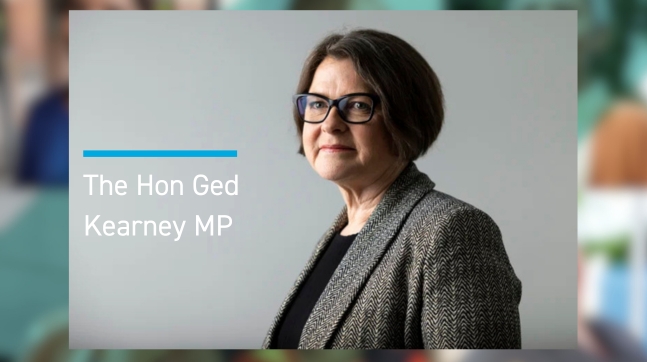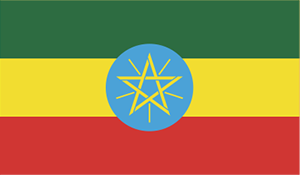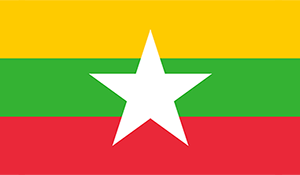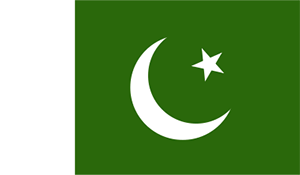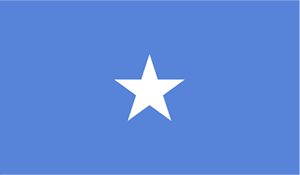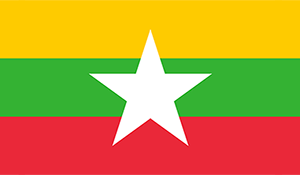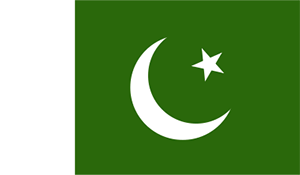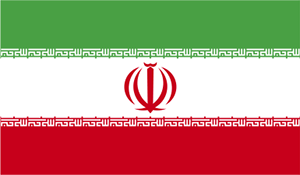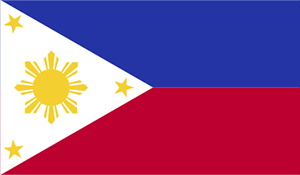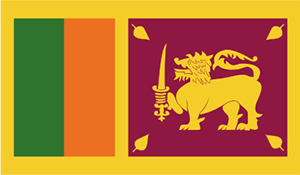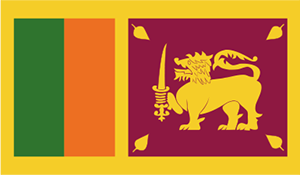I’m delighted to be here today for such an historic event in Australian medical history.
Before I begin, I’d like to acknowledge we’re meeting today on the lands of the Wurundjeri Woi-wurrung people of the Kulin Nation. I pay my respects to Elders past and present and I extend that respect to all First Nations people here today.
I acknowledge Professor Saville and Professor Deeba, along with all of the members present from the Expert Advisory Group for the Elimination Response.
Your work, your commitment and your activism is at the heart of why we are standing here today, with very real and tangible outcomes when it comes to the elimination of cervical cancer.
I’d also like to acknowledge Dr Lucas de Toca, Australia’s Ambassador for Global Health. Your role is so crucial to our nation’s diplomacy. I personally, and professionally, think we have some great opportunities to support our region more via health diplomacy. It makes such a significant impact on the lives and wellbeing of people in the Pacific.
I am here today in my capacity as the Assistant Minister for Health and Aged Care.
But long before my appointment as an Assistant Minister, I was a nurse. Right here in Melbourne. If you had told a young me working on the wards in the 1980s, that Australia would eliminate cervical cancer in her lifetime, she would have been very doubtful.
Like so many women’s health issues, cervical cancer was not a priority for the health and medical community. And, too many women were dying.
That began to change in 1991 when Labor introduced Australia’s first national screening program for cervical cancer. An important step – informed by homegrown research – that led us on a path to why we are here today.
Australia has always punched above its weight when it comes to cervical cancer research. So it’s fitting, that we are here in Melbourne, for this historic announcement.
Today, I am pleased to launch the National Strategy for the Elimination of Cervical Cancer by 2035.And I am even more honoured to announce that Australia is on-track to eliminate cervical cancer as a public health issue by 2035.
The enormity of this announcement cannot be understated.
It’s an historic achievement – for researchers, medical professionals, doctors, nurses, patients, those who have recovered from cervical cancer and for those who we have sadly lost.
And it’s a significant win for women’s health.
Australia’s world class National Cervical Screening Program and HPV vaccination program have put us on track to be the first country in the world to reach this landmark.
We now have a vision of an Australia where preventable cervical cancer is a disease of the past. But to reach this vision, we need to take truly clear steps to address entrenched inequities.
Cervical cancer is no longer an equal threat to all women – outcomes are worse for some Australians:
First Nations women.
People from diverse cultural backgrounds.
LGBTIQA+ people.
People with disability.
And those who live in the bush.
The strategy is a pathway to fixing this inequity.
And the Government is already implementing it.
We’re supporting nurses, First Nations health workers and midwives to request pathology for cervical screening. We’re working towards on-the-spot testing of samples in First Nations Communities. And we’re increasing support for GPs to undertake colposcopies.
Thank you to Professor Saville and the Australian Centre for the Prevention of Cervical Cancer for delivering the strategy, as well as everyone involved who helped guide it. It’s a remarkable legacy for the future generations of this country.
But while we’re on track to eliminate cervical cancer, the same cannot be said beyond our shores.
Many women and girls across our region don’t have access to the prevention, screening and treatment needed to protect them from cervical cancer. And for many countries in the Indo-Pacific, it remains a significant public health problem and a leading cause of premature mortality among women.
The figures are disheartening. In our near region, an estimated 145,700 women were diagnosed with cervical cancer in 2020, and 74,900 women died.
I want to pause on those numbers. On those lives, families and communities that were forever impacted and changed by losing someone too soon. There is much we can do to help save and protect the lives of our sisters.
Today, on behalf of the Minister for Foreign Affairs, Senator Penny Wong, I am very pleased to announce the $12.5 million Elimination Partnership in the Indo-Pacific for Cervical Cancer – to be known as EPICC.
This partnership will connect Australia’s expertise in cancer prevention and policy making with governments across our region to implement HPV vaccine programs, expand screening and treatment, and build the technical skills of health laboratories and healthcare workers.
Australia’s expertise will help support governments around the region to create a shared path to eliminating this disease.
I started this speech reflecting on my experience as a nurse. How I would have been sceptical if someone had told me back then that Australia would be in a position during my life to eliminate cervical cancer. But here we are.
The Albanese Labor Government is committed to elimination and committed to women’s health.
I hope that the announcement today will give hope to nurses across the Indo-Pacific – who might also be doubtful like I was– that it is possible.
The stakes are high. There are so many women’s lives at stake.
That’s why this partnership, this commitment, and this strategy is so important.
Thank you.
